
Marvel Rivals has arrived, bringing the excitement of the Marvel universe into the competitive hero shooter genre. While comparisons to Overwatch are inevitable, Marvel Rivals takes a familiar formula and introduces its own unique flavour. From destructible environments to innovative team-up abilities, this 6v6 team-based PVP game captures the essence of superhero battles while aiming to carve out its own identity.
Seasonal content is a cornerstone of Marvel Rivals, and Session 0, dubbed "Doom’s Rise," sets the stage with an explosive introduction. This season delves into Doctor Doom’s experiments with the timestream, unleashing chaos across the multiverse. Players are introduced to 33 heroes, all unlocked from the start, allowing them to immediately jump into battles and experiment with strategies.
Session 0’s dynamic maps, including Tokyo 2099 and Yggsgard, offer a compelling backdrop for players to explore. Events like "Entangled Moments" provide opportunities to earn exclusive rewards, while Twitch Drops add another layer of community engagement. This season establishes Marvel Rivals as a live service game ready to evolve with its player base.
Marvel Rivals’ initial roster boasts 33 playable characters, featuring iconic heroes and villains such as Iron Man, Black Widow, Hulk, and Scarlet Witch. The roster’s depth is complemented by the inclusion of less mainstream favourites like Luna Snow and Cloak & Dagger. Each hero is categorised into three roles: Vanguard (tanks), Duelist (DPS), and Strategist (support), providing diverse gameplay styles.
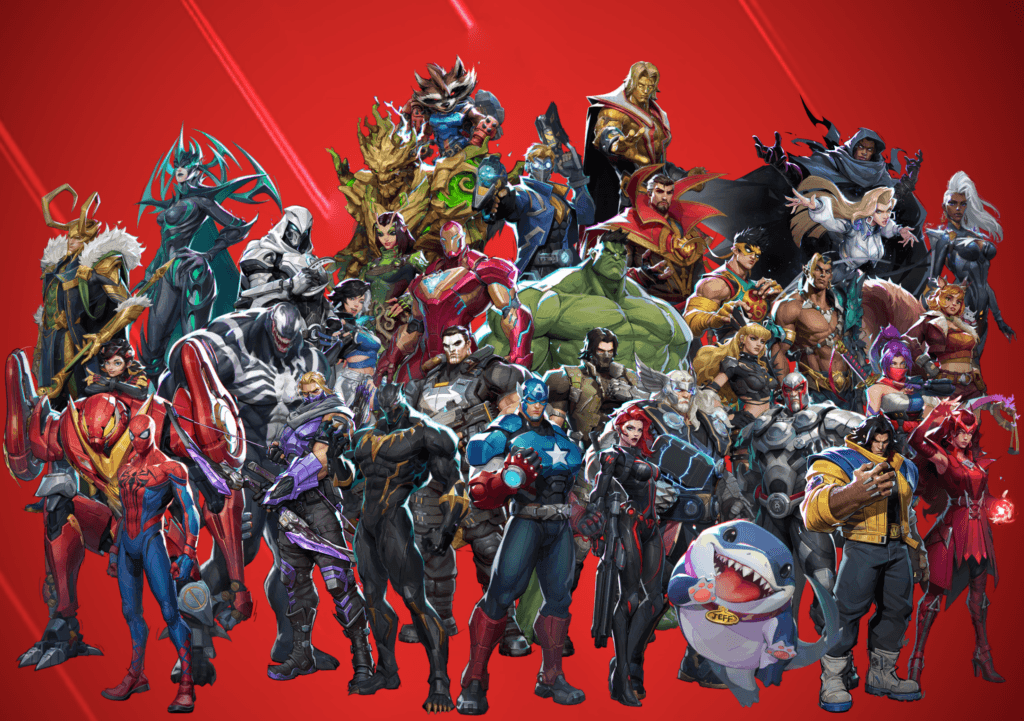
What sets Marvel Rivals apart is how these characters embody their comic book counterparts. From Hulk’s gamma-charged abilities to Spider-Man’s agile web-slinging, each hero feels authentic. Team-up abilities add a layer of strategy and fun, allowing heroes to synergise in ways true to Marvel lore. For example, Hulk can throw Wolverine into a group of enemies in the iconic Fastball Special, or Groot can shield Rocket Raccoon as they team up to wreak havoc.
However, balance issues persist. Some heroes, like Jeff the Land Shark, feel overpowered, while others, such as Captain America, underperform. This imbalance, while common in new live-service games, underscores the need for ongoing adjustments.
Marvel Rivals inevitably draws comparisons to Overwatch, both in structure and gameplay. Like Overwatch, Marvel Rivals employs a 6v6 format with distinct roles—Vanguard, Duelist, and Strategist—mirroring Overwatch’s tank, DPS, and support classes. However, Rivals diverges with its destructible environments and team-up abilities, offering unique gameplay dynamics.
Overwatch’s emphasis on polished, balanced competition contrasts with Marvel Rivals’ chaotic, high-energy matches. While Overwatch is lauded for its tight team coordination, Marvel Rivals leans into fun and spectacle, with matches often devolving into colourful melees reminiscent of a comic book brawl.
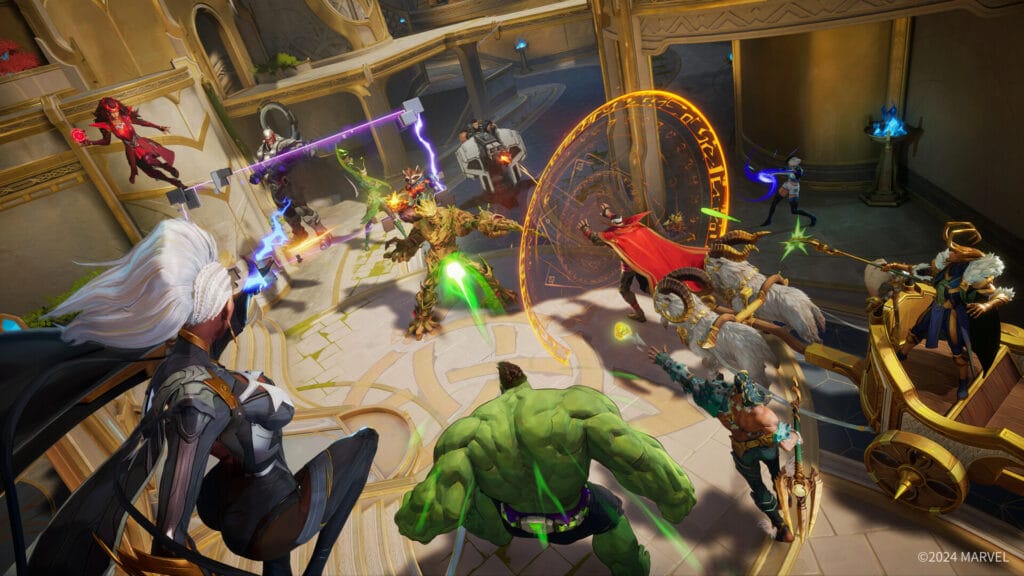
That said, Marvel Rivals has inherited some of Overwatch’s challenges. The lack of a role queue mirrors Overwatch’s early struggles with team composition, leading to unbalanced matches. Additionally, balancing a roster of 33 heroes at launch is a daunting task that Overwatch gradually refined over years.
Despite these similarities, Marvel Rivals carves its niche by celebrating its Marvel roots. Heroes feel true to their comic book counterparts, and team-up abilities evoke the interconnected Marvel universe, making it a refreshing alternative for fans.
Marvel Rivals’ gameplay blends fast-paced combat with a chaotic energy that’s both thrilling and, at times, overwhelming. Matches take place across eight maps with modes including Convoy (payload), Domination (control point), and Convergence (hybrid). Destructible environments bring a dynamic element, as players can reshape the battlefield to gain a tactical edge. For example, players can destroy a sniper’s perch or create new cover during intense firefights.
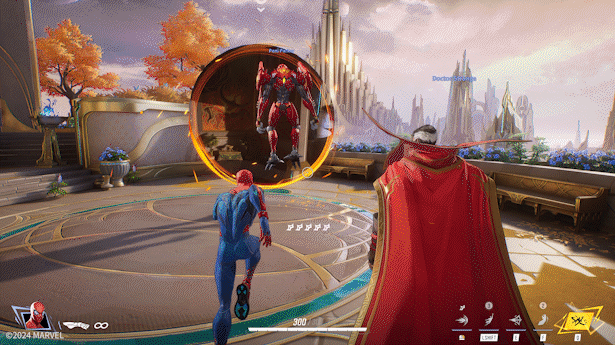
The absence of a role queue in casual play encourages flexibility but often results in team compositions skewed heavily towards Duelists. While this keeps matches lively, it sacrifices strategic depth. Competitive players may find the lack of structure frustrating, though NetEase has hinted at future updates to address this.
The standout feature of Marvel Rivals is its team-up abilities. These synergistic skills activate when specific characters are on the same team, encouraging thoughtful hero selection. Examples include Scarlet Witch and Magneto’s ability to unleash devastating magnetic energy or Rocket’s infinite ammo zone when paired with Punisher. These abilities reward collaboration and add a fresh layer to team dynamics.
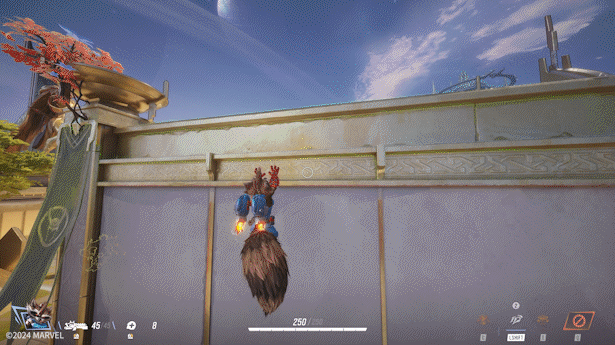
While innovative, team-ups can occasionally feel like a double-edged sword. The temptation to prioritise synergy over balanced compositions might lead to mismatched teams. However, these abilities embody the spirit of Marvel’s interconnected universe, making them a highlight of the game.
Marvel Rivals is visually stunning, with a cell-shaded art style that pays homage to its comic book roots. Heroes’ animations are meticulously crafted, capturing their personalities and powers in every move. Maps are equally vibrant, ranging from the futuristic Tokyo 2099 to the mythical Yggsgard.
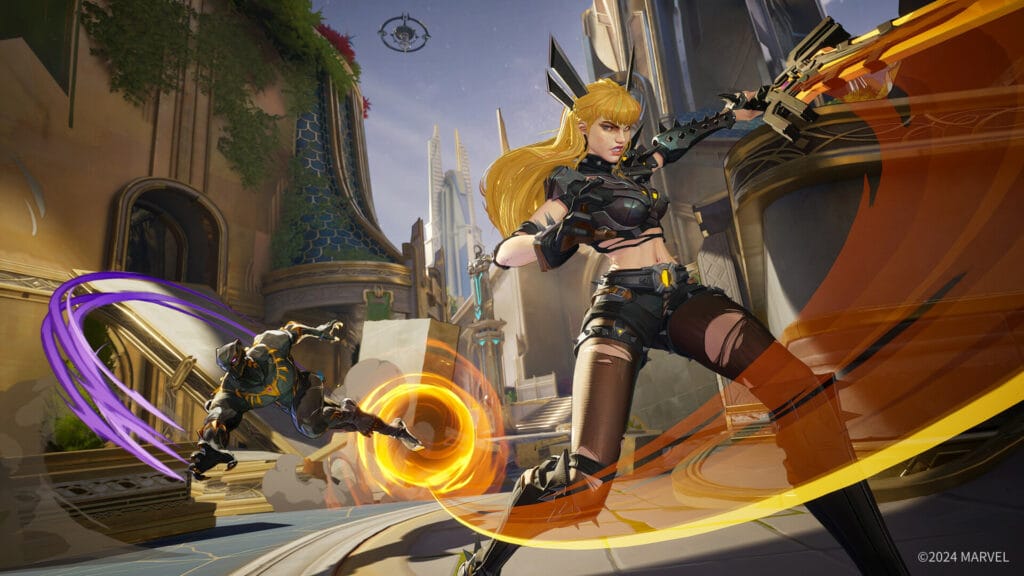
The audio design enhances immersion, with dynamic voice lines and satisfying sound effects for weapons and abilities. However, the frequent quips can become repetitive, and some players might prefer an option to reduce their frequency without muting them entirely.
As a free-to-play title, Marvel Rivals relies on cosmetic microtransactions and a battle pass for revenue. The game’s cosmetics are impressive, offering everything from classic costumes to creative alternate designs. However, skins are pricey, averaging £15 each, which might deter some players.
The battle pass adopts a challenge-based progression system rather than traditional XP, requiring players to complete specific tasks to unlock rewards. While this encourages diverse gameplay, it can feel restrictive and grindy, especially compared to systems that reward general playtime.
Marvel Rivals successfully captures the thrill of the Marvel universe while delivering a fun, chaotic hero shooter experience. Its innovative team-up mechanics and destructible environments breathe new life into familiar gameplay tropes. However, balance issues, limited maps, and progression challenges highlight areas needing improvement.
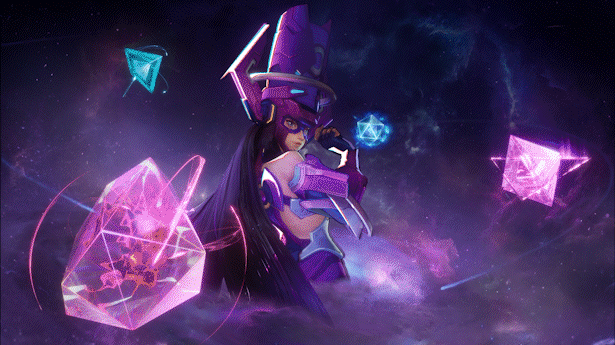
Despite its flaws, Marvel Rivals has the potential to carve out a lasting place in the genre. With regular updates, thoughtful balancing, and the introduction of new heroes and maps, it could become a favourite for casual players and Marvel fans alike.
Marvel Rivals is a bold entry into the hero shooter arena, blending Overwatch’s team dynamics with the Marvel universe’s rich lore. Its chaotic, action-packed matches offer plenty of fun, while its unique features set it apart. Though it stumbles in places, the game’s foundation is strong, and its future looks bright. Whether you’re a seasoned shooter fan or a Marvel enthusiast, Marvel Rivals is worth a try.